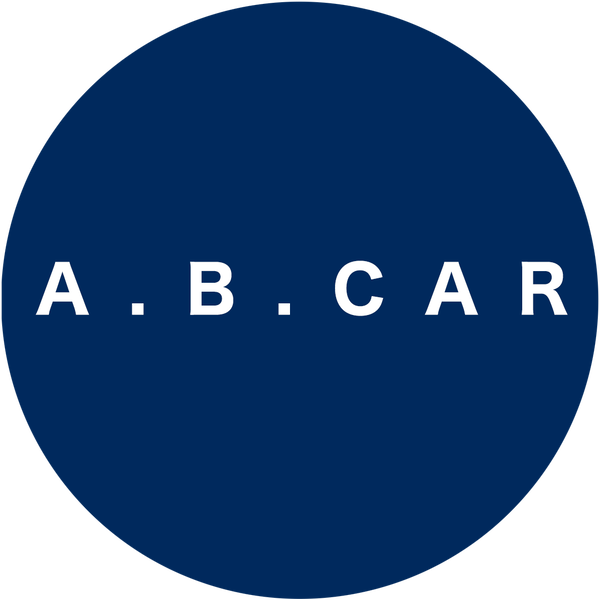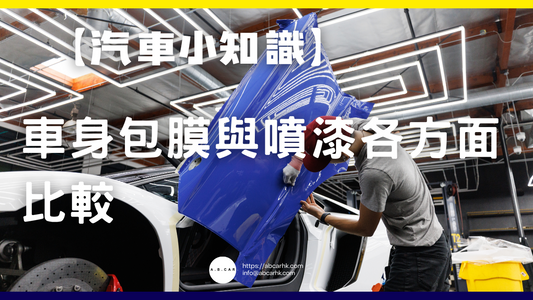[Lecture] How Small Startup Teams Can Use AI to Build MVP Products | Editor: Ma Wensheng

🚀 How small startup teams can use AI to build MVPs (minimum viable products)
👋 Hello fellow entrepreneurs! Today, I'd like to share with you an essential concept for any startup: MVP (Minimum Viable Product) .
Traditionally, a startup building an MVP required coding, design, and testing, requiring at least a 3-5-person technical team and months to launch. But now, with AI tools , small teams, or even a solo founder, can build an MVP at a fraction of the cost and speed to test market response. 😎
1️⃣ What is MVP? 🤔
The focus of MVP is not on the "perfect product" but on minimizing costs and time to test hypotheses :
- Does anyone really need this product?
- Are customers willing to pay?
- Does the value we create really solve the pain points?
💡 Editor's Tip:
Don’t think about building a “big and comprehensive” app from the beginning, otherwise it will be easy to “burn money before seeing the market”.
2️⃣ How can AI help small teams build MVPs? ⚡
✍️ Copywriting & Pitch Deck
- Use ChatGPT/Claude to help you write elevator pitches, product descriptions, and even investor presentations.
- Save time and money on hiring a copywriter.
🎨 Design & Prototype
- Use Canva AI / Figma AI to quickly create wireframes and UI prototypes.
- Use MidJourney to generate product concept maps, making it easier for investors or early users to imagine.
💻 No code required (No-code + AI)
- Use no-code platforms like Bubble / Glide / Softr , add AI plugins, and you can build a simple, usable app in a few days.
- You can collect user feedback in real time and then decide whether to invest in full-stack development.
🤖 Automated backend
- Use Zapier/Make to automate processes, for example:
- User fills out form → automatically sends email → stores in database.
- Small teams can create a "fake backend" without hiring engineers.
📊 Market Testing
- Use ChatGPT to help you generate survey questionnaires and quickly collect user opinions.
- Use AI analysis tools (such as Notion AI and the Google Sheets AI plug-in) to help you organize data and quickly understand market reactions.
3️⃣ Hong Kong small team landing case 🏙️
📌Case 1: Café Startup
I want to make a drink pre-order app, but I don’t have the money to hire an engineer.
- I used Canva AI to create a simple UI prototype.
- Use Glide (no-code tool) to build a workable demo.
- Use ChatGPT to write a product introduction and post it on Instagram to see how it gets responded to.
Result: We collected the first batch of user feedback within a few days, proving that there was real market demand. We then hired a technical team to develop the official version.
📌Case 2: Education Startup
I want to create an AI practice question platform.
- Use ChatGPT to automatically generate practice questions for students.
- Use Zapier to connect Google Form + Gmail to automatically send questions to students.
- Use Notion AI to prepare a simple report for your teacher.
Result: We achieved MVP with zero development cost and received high acceptance from students and teachers.
4️⃣ Editor's Tips📝
- MVP doesn’t mean bad : it should be simple, but also explain the value.
- AI accelerators : They help you save code, design, and manpower, but your startup assumptions still need to be clear .
- Don’t worry about a “fake backend” : Many successful startups (such as Airbnb) used Google Sheets and manual processing in the early stages. AI can help you make it more realistic.
- The most important thing is to test quickly : using AI to build an MVP can take days instead of months to launch and test the market.
😎 Editor’s Summary
Generative AI is a true superweapon for small startups in Hong Kong.
- Use ChatGPT to help you write copy and do market research
- Use Canva / Figma AI to help you create prototypes
- Quickly build apps with No-code + AI plugin
- Use Zapier to help you automate the backend
In the past, it might take 6 months and hundreds of thousands of Hong Kong dollars, but now it can reach MVP in 1-2 weeks and a few thousand dollars . It is much faster and more affordable.
👀 Editor's take:
- Short term : AI helps small teams launch products and reduce the cost of failure.
- Medium term : Hong Kong will see more “AI-first startups” with AI at their core.
- Long term : Investors will prefer teams with AI capabilities because of their faster execution speed and more efficient use of resources.
📝 AI MVP Building Process Checklist (Hong Kong Small Team Version)
1️⃣ Concept & define hypotheses 💡
👉 Goal: Clearly understand the pain point you want to solve and the hypothesis your MVP will validate.
- Use ChatGPT/Claude : Help you brainstorm market pain points and generate a business model canvas.
- Use Perplexity AI to help you find market data, industry reports, and quickly fact-check.
💡 Editor's Tip: Think clearly about what we're testing with our MVP (e.g., will users use it? Or will the channel be willing to pay for it?)
2️⃣ Product concept & copywriting✍️
👉 Goal: Quickly express product value and make it easier to pitch to users/investors.
- Use ChatGPT : Help you write elevator pitches, product descriptions, and advertising slogans.
- Use Grammarly : Especially for English pitches, you need to appear professional.
💡 Editor's tip: Keep your copy user-friendly, not too technical. Users should understand it immediately.
3️⃣ Prototype & Demo 🎨
👉 Goal: To have a "visible and tangible" version for people to try out.
- Use Canva AI / Figma AI : produce wireframes and UI prototypes.
- Use MidJourney : Whole product concept map.
- Use Bubble / Glide / Softr (no-code): Build a simple, operational app.
💡 Editor's tip: A prototype doesn't need to be fully functional, but it should make users feel the product's value.
4️⃣ Test & Collect Feedback 📊
👉 Goal: Real user feedback to validate hypotheses.
- Use ChatGPT : Generate survey questions to facilitate interviews.
- Use Typeform/Google Form : Collect responses.
- Use Notion AI : Help you organize your opinions and generate key points.
💡 Editor's tip: You don't need hundreds of people; the opinions of 10-30 early adopters are already valuable references.
5️⃣ Iterate & Scale 🔄
👉 Goal: Improve the MVP based on feedback and decide whether to continue, pivot, or abandon it.
- Use AI analysis tools (such as Excel AI plug-in, Notion AI): quickly analyze user data.
- Use Zapier/Make : Add automation and improve usability.
💡 Editor's tip: Remember that your MVP isn't the final product, but rather a "hypothesis testing tool." Iterate quickly, don't drag it out.
😎 Editor’s Summary
Small Hong Kong teams can use AI to build their MVPs by following these 5 steps:
- Formulate & Define Hypotheses
- Product Concept & Copywriting
- Prototype & Demo
- Testing & Collecting Feedback
- Iterate & Scale
It used to take half a year and hundreds of thousands of dollars, but now it can take two weeks and a few thousand dollars to launch the MVP. The key is "quick trial, quick error, and quick correction."



